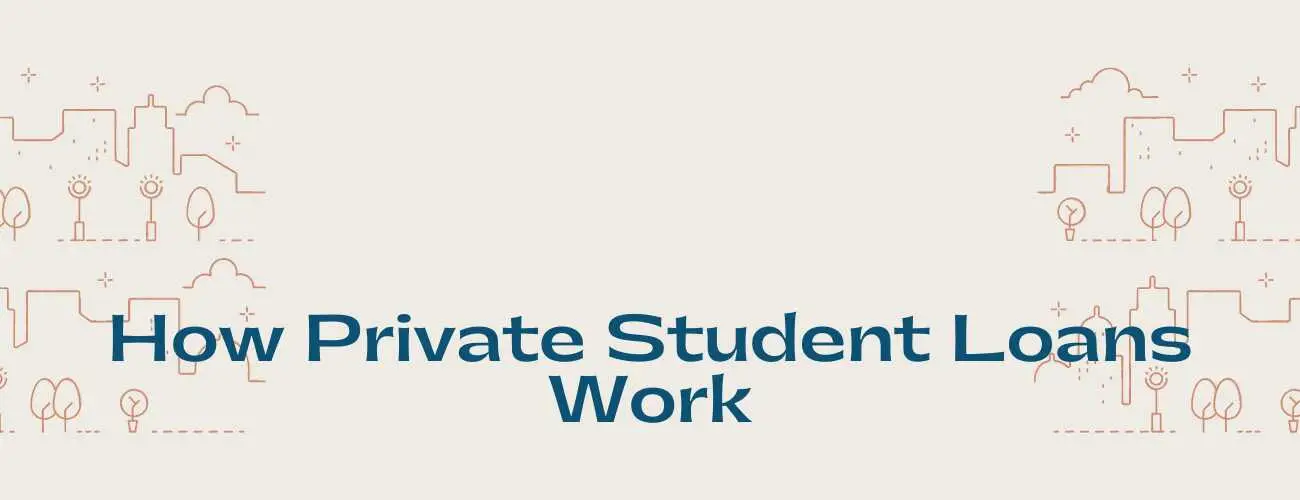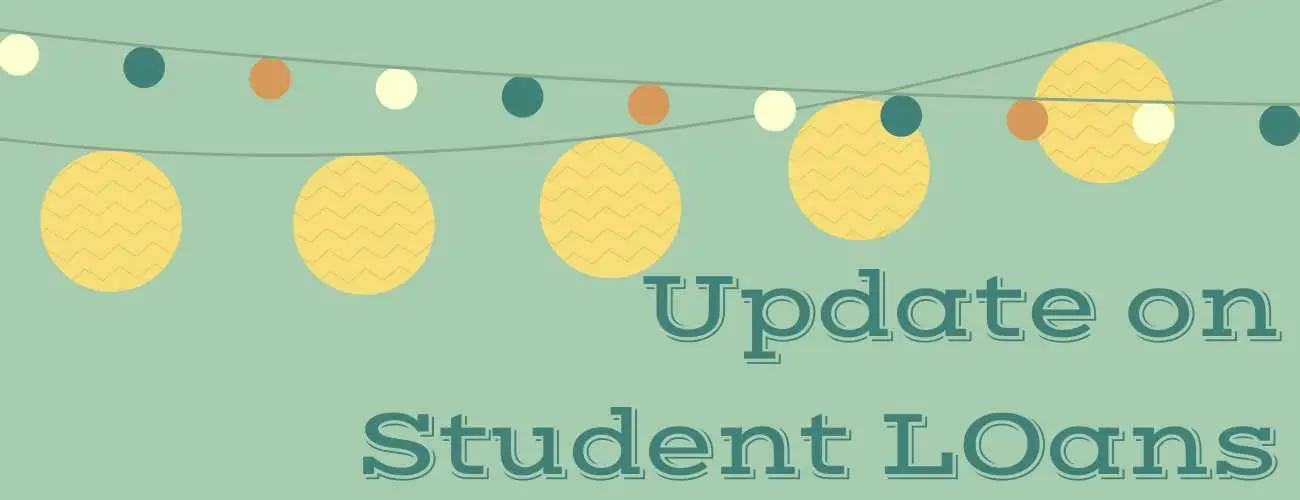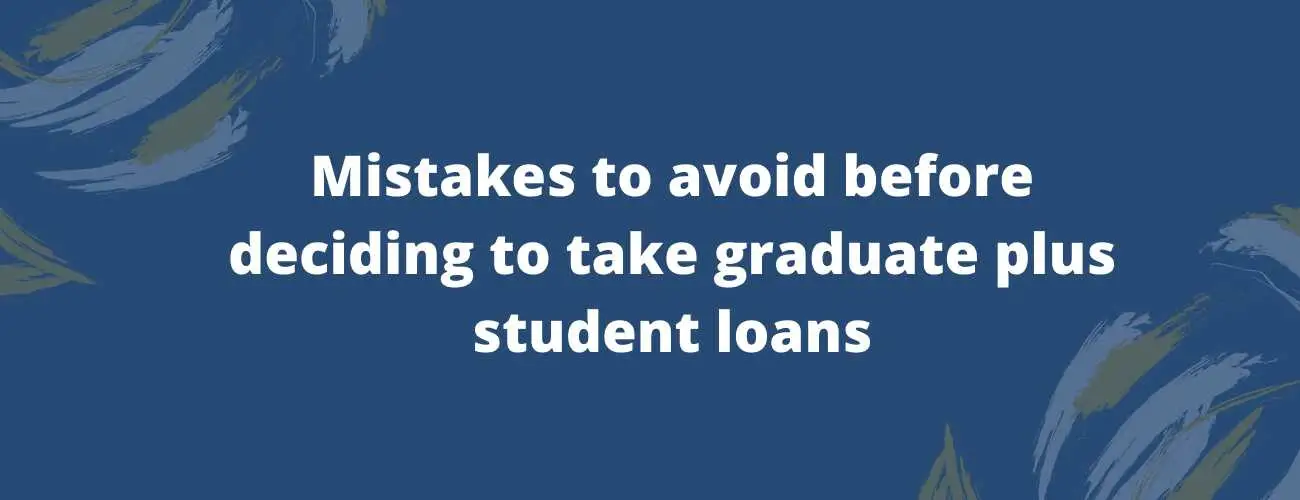How To Lower Student Loan Payments In Top 10 Ways
Are you still struggling to make student loan repayments? Here are top 10 effective ways on how to lower your student loan payments. Find out more about income driven repayment, loan consolidation and more.
Updated by Theres Ann on 10th November 2021
Aren't you surprised that 42.2 million Americans repaid their loans for a sum of nearly $1.5 trillion? More than fifty percent of the students who have graduated are carrying the burdens of their student loans. There are a few types of loans which you have to start repaying from the day on which you are granted the loans. There are some other loans which you have to start repaying, once you graduate.
Irrespective of the time of repayment, the stress that student loan repayments put on students is high. It would be most welcomed by any borrower if he/she receives a reduction in loan repayment. This article aims at bringing to the notice of the borrowers the different techniques on how to lower the student loan payments and ease the process of student loan repayment.
It is a common misconception that bankruptcy is the best possible solution to escape from the loans. Bankruptcy wouldn’t always solve the problem of student loans. Only in extremely rare cases, bankruptcy is a reason behind student loan forgiveness.
Effective methods of how to reduce loan payments include the extension of the repayment plan, opting for a graduated repayment plan, enrollment in an income-driven repayment plan such as PAYE, REPAYE, ICR and IBR, loan consolidation and loan refinancing at a lower interest rate, in case you have Federal Loans.
Table of contents
- Income-Driven Repayment
- Avoid missed-payments
- Signing up for a Graduated Repayment Plan
- Consideration of an extended repayment plan
- Loan Consolidation
- Changing your state of residence
- Automatic Payment Sign-up
- Making the payments on time
- Deferment or Forbeareance
- Refinancing your student loans
1 - Income-Driven Repayment Plans
Having a Federal student loan (except Parent PLUS Loans) would make you automatically entitled to receive several financial benefits. Under the Income-Driven Repayment Plan, a repayment extension of up to 20 to 25 years is granted.
As the payment is significantly smaller, more interest is paid over the length of the loan.
The benefits of the Income-Driven Repayment plans are given below.
-
Manageable monthly payments
-
Change your monthly payments when your income rates and family size changes. Recalculation can be done on payments based on income and background.
-
The payment that is taken for repayment is a percentage amount of your discretionary income.
Cons of Income-Driven Repayment Plan
The disadvantages of income-driven repayment plans are as given below.
Longer duration of repayment - The typical repayment period is usually 10 years. But after having chosen the income-driven repayment program, the duration stretches to nearly 20 to 25 years.
Tax incurred has to be repaid - The debt that gets forgiven, as part of income-driven repayment, is considered as a taxable income. So the forgiveness could come with a sizable tax bill.
More interest is paid on an IDR - Interest gets accrued over the years compelling your to pay the interest for an additional 10 to 15 years.
Increase in the amount of documentation - Recertification of income happens during every 12 months.
 Source: pexels.com
Source: pexels.com
Types of Income-Driven Repayment Plans
There are different types of income-driven repayment plans. They are as given below.
-
Income-Based Repayment
-
Pay As You Earn
-
Revised Pay As You Earn
-
Income Contingent Repayment
a ) Income-Based Repayment Plan
This repayment can lower your monthly student loan payments. If the student loan balances are high and it becomes unaffordable for you to repay your loan, then the IBR plan grants much relief.
High loan balances would mean, high-interest payments every month. IBR sets repayment amounts to be 10% to 15% of your discretionary income. This makes our payment affordable while taking income and family size into account. Each student entitled to this payment plan receives an individualized payment plan. It can be used only by those who have federal student loans.
Federal student loans that are eligible for IBR include the following -
-
Direct Subsidized and Unsubsidized Loans
-
Direct Graduate PLUS Loan
-
Direct Consolidation Loan
Federal student loans that are not eligible for Income-Based Repayment include Parent PLUS Loans, other types of the federal loan made to parents, and direct consolidation that helped parents repay the loan.
Based on the day in which you applied for the loan, your loan balance is forgiven after 20 to 25 years.
Does income-based repayment suit you?
Below given are a few parameters that would help you understand if the income-based repayment plan is the best for you.
Estimation of a monthly payment - Estimation of the new monthly payment will be necessary before you decide on the type of income-based student repayment. You can make use of any IBR calculators in order to know about the monthly payments that you would have to make.
Knowledge of tax implications - You need to find answers for several questions including your ability to pay off the student loans before the completion of the repayment terms, your expectation of a debt being forgiven and more.
Choice of what is right for you - It is more than wise to choose an affordable payment plan by understanding the facts, numbers, and implications.
b ) Pay As You Earn
Pay As You Earn helps borrowers to manage the loan repayments. To qualify for the PAYE program, your monthly payments must be smaller than your standard payments, which is the 10% of your discretionary income.
The criteria to qualify for PAYE is - A federal student loan should not be taken before October 1, 2007, and you also need assistance in repaying your student loans. For PAYE also the capping of payments happen at 10% of your discretionary income. The remaining loan balance can be forgiven after 20 years.
c ) Revised Pay As You Earn
Revised Pay As You Earn began on Dec 2015 and is the latest option for income-driven repayment plans.
The loans that receive the benefits of REPAYE include Direct Loans, Stafford Loans, Graduate PLUS Loans, and non-parent federal student loans that are consolidated into Direct Loans.
The minimum monthly payment is 10% of the discretionary income. However, there is no higher limit on how high your payments can go. Though the taxes are filed separately, your spouse’s income and student loan debt are considered while making payments.
The program offers forgiveness after 20 years for loans originated for undergraduate studies, and forgiveness is offered after 25 years, for graduate studies. Student Loan Interest Subsidy is another feature of REPAYE that makes the program even more popular.
For REPAYE, for subsidized loans, 100% of the unpaid interest is paid each month and 50% of unpaid interest is subsidized for unsubsidized student loans.
d ) Income- Contingent Repayment
The Income-Contingent Repayment plan is used to make the loan repayment based on your income and the repayment amount is capped at 20% of the annual income and the percentages can vary based on family size, annual income and the number of years. The repayment period for this plan is 25 years.
It is only available for Parent PLUS Loan borrowers.
2 - Avoid missed-payments
If a late payment is made for student loan repayment, you might be charged 6% of the payment amount as the late fee. If no payment is made in 90 days, then he/she might be considered delinquent. If no payments are made for 90 days, then you are automatically entitled to being a defaulter.
Missed payments would be visible on the credit payments. If payments cannot be afforded, you can contact your student loan servicer, and repayment options can be reviewed.
Student loans would be canceled in the circumstances including the closing down of college, a granted by un-received refund, the loan that was a result of identity theft, the death of the student borrower, partial or permanent disability of the student borrower.
3 - Signing up for the Graduated Repayment Plan
If your income doesn’t qualify for a lower repayment with an IDR plan, then one option is to sign-up for a graduated repayment plan. In a graduated repayment plan, the payments start low and then increase every two years. The payments must be completed within 10 years.
However, interest incurred would be more than the Standard Repayment Plan because you start paying out low amounts in the beginning and the amount increases over the years.
Advantages
The advantages of choosing a graduated repayment plan are given below.
-
All borrowers are eligible.
-
Student loan payments can be handled in lower entry-level wages when they enter the work-force.
-
10-year duration is granted for the loan to be paid back.
Disadvantages
Disadvantages of the graduated repayment plan are -
-
More money is paid over as interest compared to the other programs
-
If your income does not rise up to your expectations then you’ll have to really struggle through.
4 - Consideration of an Extended Repayment Plan
If your Federal Direct Loans amount to more than $30,000, then you might be eligible for an Extended Repayment Plan. Moreover, you should not have an outstanding balance on Direct Loans as on October 7, 1998, or the date on which you obtained the Direct Loans after October 7, 1998.
This plan offers a repayment period of 25 years, along with a fixed or graduated amount. The payments made under Extended Repayment Plan are usually lower than that made under Standard and Graduated Repayment Plans.
Worried about school fee? Learn about student loans
5 - Loan Consolidation
Multiple Federal student loans with varying interests, repayment rates, and payment due dates can be consolidated into a new loan. If the loan balances of borrowers exceed beyond $60,000, then the loan term can be extended to 30 years.
Consolidating multiple federal loans with their own interest rates, repayment terms, and minimum monthly payments can be a wise decision. The weighted average of the previous loan rates will become the weighted average, hence, getting a lower rate would just remain a dream. Read more on consolidation of student loans
The estimated length of repayment periods for consolidated loans is given below.
| Debt Amount | Repayment Period |
| < $7,500 | 10 years |
| $75,000 - $10,000 | 12 years |
| $10,000 - $20,000 | 15 years |
| $20,000 - $40,000 | 20 years |
| $40,000 - $60,000 | 25 years |
| > $60,000 | 30 years |
6 - Changing your state of residence
Student loan repayment assistance programs, along with incentives to new residents, are offered by several states. So, if your state doesn’t offer any, then shift to some other state which focuses on the improvement of student performance and relative career growth of students, with various incentives and grants.
States like Texas and Minnesota offers programs with free money. However, before deciding on shifting to a new place, consider all the related factors including cost of living, the standard of living, highest possible income and more.
7 - Automatic Payment Sign-Up
Discounts are offered by lenders for signing up for automatic payments. After connecting your bank account, it is possible that you would qualify you for a 0.25% discount, as an offer for the automatic payment to which you are entitled.
How to sign up for automatic student loan payments
Student Loan Servicer Company manages the loan for the borrower. Various steps involved in automatic student loan payments are given below.
-
Create your account and sign-in to your account
-
Select setup a recurring payment under the payment option
-
To add a card payment account, the various credentials that are to be added include credit or debit card number, card number, expiration date, security code, billing zip code, account nickname, and legal authorization, to name a few
-
To add a bank payment account, it is essential to add checking and savings account button, enter the nickname, bank routing number, account number and many more
-
You can either select to pay the bill upon receipt or to pay the amount by the due date
-
The applicant can also choose to pay up to a maximum or to pay by the due date
-
Account nickname, routing or account details, and the name on the account have to be chosen
-
To make any changes, you can either confirm or edit to make any changes.
8 - Making the payments on time
A default can lead to a reduction in the credit score and late fee can be levied by making a late payment. There are also some lenders who offer small percentages of reduction once you make payments on time. The payments are made for 36 to 48 months. If these offers are provided, then you’ll have a significant amount of money.
How to pay your student loans on time
Below are the ways to make student loan payments on time.
-
One best way to make sure that your payments are made on time is to arrange for auto-payment options. It helps in sending the required amount from the borrower’s bank account to the lender’s bank account directly. However, if repayment is a struggle for you then it would not feasible to make payments using autopay option.
-
If you are planning to make a student loan repayment then make sure that the loan information is accessed via the National Student Loan Repayment System.
-
In those cases where you are struggling to make your monthly payments, switching to an income-driven repayment plan or applying for deferment or forbearance will be effective. The two other options that are applicable in this case include trimming the expenses using budgeting and implementing ways to increase your income.
9 - Deferment or Forbearance
In case you want to pause your payments for a while instead of lowering student loans, you can always opt for Deferment or Forbearance. Deferment and Forbearance are good options in case of Federal Student loans.
It is a great option in case you want to return to college or military service, you are facing financial hardships, in case of disbility etc. No interest will accrue in case of subsidized student loan while in deferment. However, it is important to note that student loans accrue interest while in forbearance.
For instance, you can pause your payments through deferment or forbearance in case you have enrolled in a college or university. If you have enrolled in a ivy league college and expect to make a six figure income upon graduation, deferment or forbearance is a beneficial option.
However, it is important to note that you re expected to start making payments as soon as the deferment or forbearance period is over. The lengthier the payment years are, the more interest you have to pay towards your student loan payments
10 - Refinancing your student loans
Private Loans are not eligible to receive help such as the Income-Based Repayment and if a student holds both private and federal loans then he/she can consider the process of refinancing.
Refinancing helps you to take a new loan for the total amount of your current ones. Different terms of repayment, interest rate, and the monthly payments are assigned for the new loan. To improve the chances of the loan, obtain a co-signer, with good credit score and a stable income. Read on best student loan refinancing lenders
Steps to refinance student loans
The process of refinancing follows a stepwise procedure. The steps of refinancing are given below.
If you have sufficient credits, you may not qualify for perfect refinancing offers. But by increasing your credit over time you can qualify to become better candidates for the future.
2) Selection of new loan
For refinancing you’ll be offered several plans of new loans with varying repayment periods including 5, 7, 10, 12 and 20-year repayment programs. When a federal loan is refinanced to a private loan, access to federal protections will be lost.
3) Filling of application form
An application form containing details including citizenship proof, valid ID number, proof of income, official statements of private and federal loans, and co-signer information is filled.
4) Wait for approval
An approval from the lender is mandatory after submission of the application. After the application has been submitted, continue paying loans like the previous months until the new loan from the lender has been sanctioned. Though refinancing has benefits, also identify the disadvantages of the same before applying.
Seeking professional help
For more clarifications on loans and ways to reduce student loans, by intelligent repayments, it would be enough to seek the right professional help especially with the lenders who were ready to offer you the loan. You can even hire a CFA to help you with the student loans.
-
Identify if you fall under student loan forgiveness programs
-
To receive student loan forgiveness, you should work in a public or non-profit organization for at least five years.
-
Working in the US Military will also help you to obtain student loan forgiveness.
Learn more on ways of refinancing student loans



93.jpg)


28.jpg)
